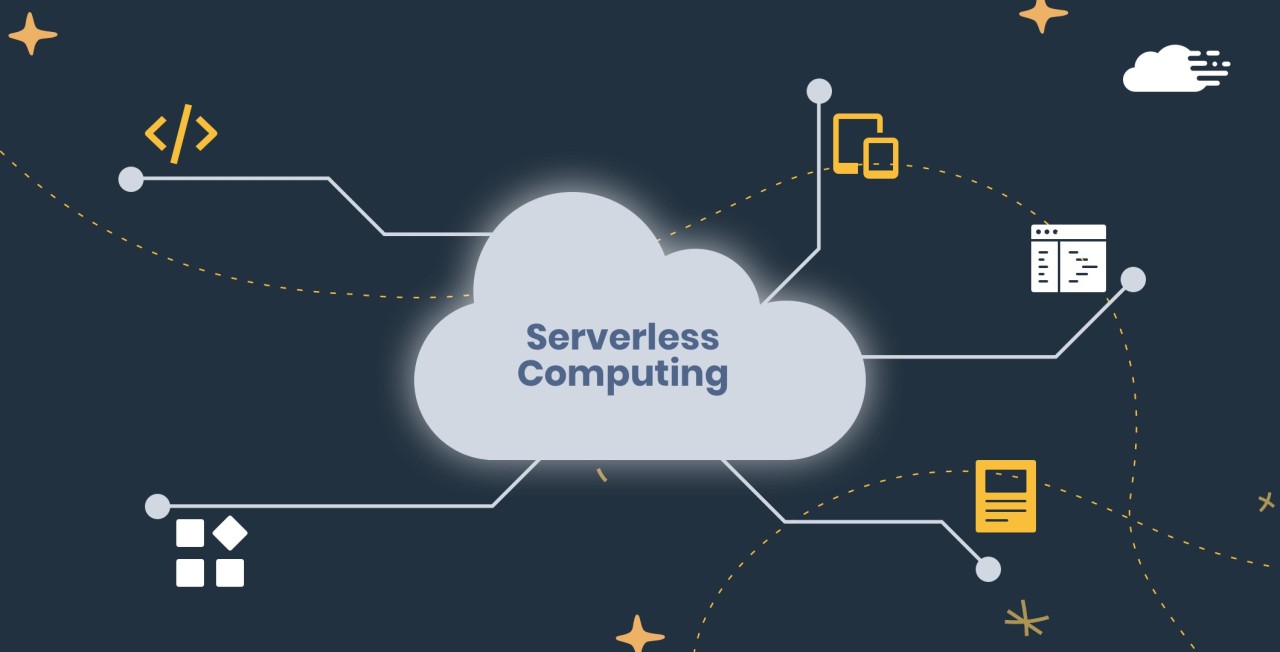Introduction: Serverless computing is a cloud architecture model where developers focus on writing code without worrying about managing servers. This approach reduces operational costs, simplifies infrastructure management, and allows businesses to scale applications with ease. In this blog, we’ll dive into serverless architecture, its benefits, and why it’s becoming the future of cloud computing.
What is Serverless Computing?
- Understanding Serverless: In serverless computing, cloud providers take care of the infrastructure. This doesn’t mean there are no servers at all. Developers do not need to set up, scale, or maintain servers. This allows developers to focus on building and deploying applications efficiently.
- How Serverless Works: Serverless architecture runs code in small units called functions. These functions run only when an event triggers them, such as an HTTP request. This eliminates the need for dedicated servers or virtual machines.
Benefits of Serverless Architecture
- Cost Efficiency: Serverless computing follows a pay-as-you-go model, meaning you only pay for the computing resources you use. This reduces costs associated with idle server time.
- Scalability: Serverless applications scale automatically based on traffic and demand. They allocate resources efficiently and keep downtime minimal.
- Faster Development: Developers can focus on writing application logic without worrying about managing infrastructure, which accelerates development cycles.
- Improved Reliability: Serverless architecture offers high availability with built-in redundancy, ensuring that applications remain operational even in the event of a failure.
Conclusion: Serverless computing is revolutionizing cloud architecture by simplifying infrastructure management, improving scalability, and reducing costs. As businesses continue to embrace the cloud, serverless architecture will play a crucial role in building modern, scalable applications.



